Romanian costume includes a very wide variety of types of folk costumes, approximately 120 main ones, for as many ethnographic areas in Romania, and the ia is its most famous piece, whose day is marked annually on June 24, according to ethnologist Sebastian Paic, museographer at the Ethnographic Museum of Transylvania in Cluj-Napoca.
He emphasizes that the attestation of the use of the term ie is still before the 18th century, in the Wallachia area.
"The term 'ie' was first used in the Teleorman - Arge? area, so in Muntenia. That was before the 18th century. There is another interesting variant, in the Hateg area - 'inie', which is even more reminiscent of the Latin origin of the word. After that, in the 19th century, when there was this movement to consolidate national identity in Transylvania, the ASTRA movement, but also many other reunions of ladies, cultural and intellectual associations, etc., who were beginning to discover the importance of traditional culture, this word was taken over because it has Latin origin, and it was used to designate the Romanian shirt, women's in general," Sebastian Paic told AGERPRES.
According to him, the term "ie" was used in the southern and eastern areas of the country, but not in Transylvania, where there were other types of folk costumes, with a completely different cut.
"Now we hear quite often about ie from Transylvania or ie for men. They are linguistic constructions that have no connection with ethnographic reality. Ia is par excellence a women's shirt in the first place. Furthermore, what is ia, actually? Not every traditional shirt is ie. The Romanian shirt has several variants. Unfortunately, there has been a lot of talk and even specialists have put a lot of emphasis on the unity of the costume, but in reality there are very different costumes, some ethnographers go as far as 120 ethnographic areas and, throughout Romania, there are costumes that are objectively so different. If a foreigner who knows nothing about Romanian ethnography came and saw the costume from Oas and the one from Arges, for example, they would say that they could not possibly be from the same country, because they are profoundly different.
Here we are talking about cuts, ornamentation, the pieces that make up the costume, etc. Ia is actually a shirt, best described by the phrase 'shirt gathered at the neck, with a tripartite sleeve'. That is, all the pieces of cloth are gathered around the neck, not like modern T-shirts or shirts, with the sleeve starting from the shoulder, but in Ia, the sleeves start from the neck. And the sleeve is composed of three parts: the hem, the hem and the sleeves. The hem is the most richly ornamented part, it is located on the shoulder of the shirt and in the most archaic cases, Ia with the oldest form, has this separate piece of cloth. In other words, the word 'altită' designates two things: first, the decoration and the piece of cloth on which that decoration is sewn, which is located on the upper part of the sleeve, on the shoulder," explains the Cluj-Napoca ethnologist.
Moreover, the great ethnographer Paul Petrescu shows, in his work "The Romanian Folk Costume of Transylvania and Banat" (1959), that, unlike the Romanian provinces outside the Carpathian arc, where there is a relative unity of folk costume over "quite extensive areas", in Transylvania and Banat no less than 17 main types of costumes were known in 1959, for as many ethnographic areas.
Ethnologist Sebastian Paic explains that in the Transylvanian area, in Sibiu and Brasov, the term "ie" was also used, starting with the 19th century.
"There are shirts with altitŕ from Mehedinti to Bucovina, in the entire higher area, generally sub-Carpathian, and in southern Transylvania, in the Hartibaci Valley, in Sibiu, the oldest type of shirts are with tripartite sleeves, they are ii. In southern Transylvania the word ie is used, probably also due to the influence of the ASTRA movement, from the 19th century, it became a word borrowed by the locals, by the peasants, and became their own word, but its origin is this. And the old type of Sibiu shirts are very different from the ones that everyone knows, those black and white shirts. These shirts from Marginimea Sibiului are polychrome, with silks, with purple, with indigo and have a certain splendor and richness, they are some ample shirts, with very wide sleeves, sometimes they can to have up to 2 meters in circumference. It must be remembered that not all traditional shirts are ii, but only those that have this tripartite sleeve and the gathered cut at the neck. They were also worn in southern Transylvania and throughout the southern and eastern parts of the country. The ia has, therefore, a different cut than the rest of the traditional shirts. Only in the counties of Sibiu and Brasov was the term ie traditionally used. But even there, for a while, since the 19th century", the Cluj-Napoca ethnologist also points out.
The museographer from Cluj-Napoca also emphasizes the fact that there are up to 120 ethnographic areas on the territory of Romania and that each ethnographic area is individualized primarily by its port.
"In Transylvania, the wealth of variants is very great and, in general, in the northern half of Transylvania we do not talk about ie. Also, in Maramures, in the western part of the country, an ie-type shirt was never worn, shirts, spatoaie, spacele, etc. were worn, but not ie. Not only were they called differently, but they have a different structure. It would be nice if Romanians knew this detail, which may seem very technical, with the tripartite sleeve. I have often noticed that various associations, organizations, companies, even state institutions use some false traditional images, and the AI, if asked to generate images of the traditional Romanian costume, will give images with Slavic, Ukrainian, Russian elements rather than Romanian ones. The handicraft that has developed very much "during the communist period, but also before, he created some iconic images about Romanian clothing, which are not actually of Romanian origin. For example, the ratio between the colors red and black in artisanal shirts is 1 to 1, which never happens in traditional shirts," mentions ethnologist Sebastian Paic.
He also shows that traditional chromatic decorations were never accidental.
"Traditional chromatics, most of the time, have a main color, which emphasizes. And of course, there is a color code, according to age, etc. Other colors come to complete as accents, there is never monochrome; monochrome is usually interrupted and there is no 1 to 1 ratio. For young girls and even young married women, red was most often used, it was a symbol of age. Then, as they got older, more somber colors were used, blue, black, for older women and widows. This rule was generally valid, in all areas there was a color code," explained the Cluj ethnologist.

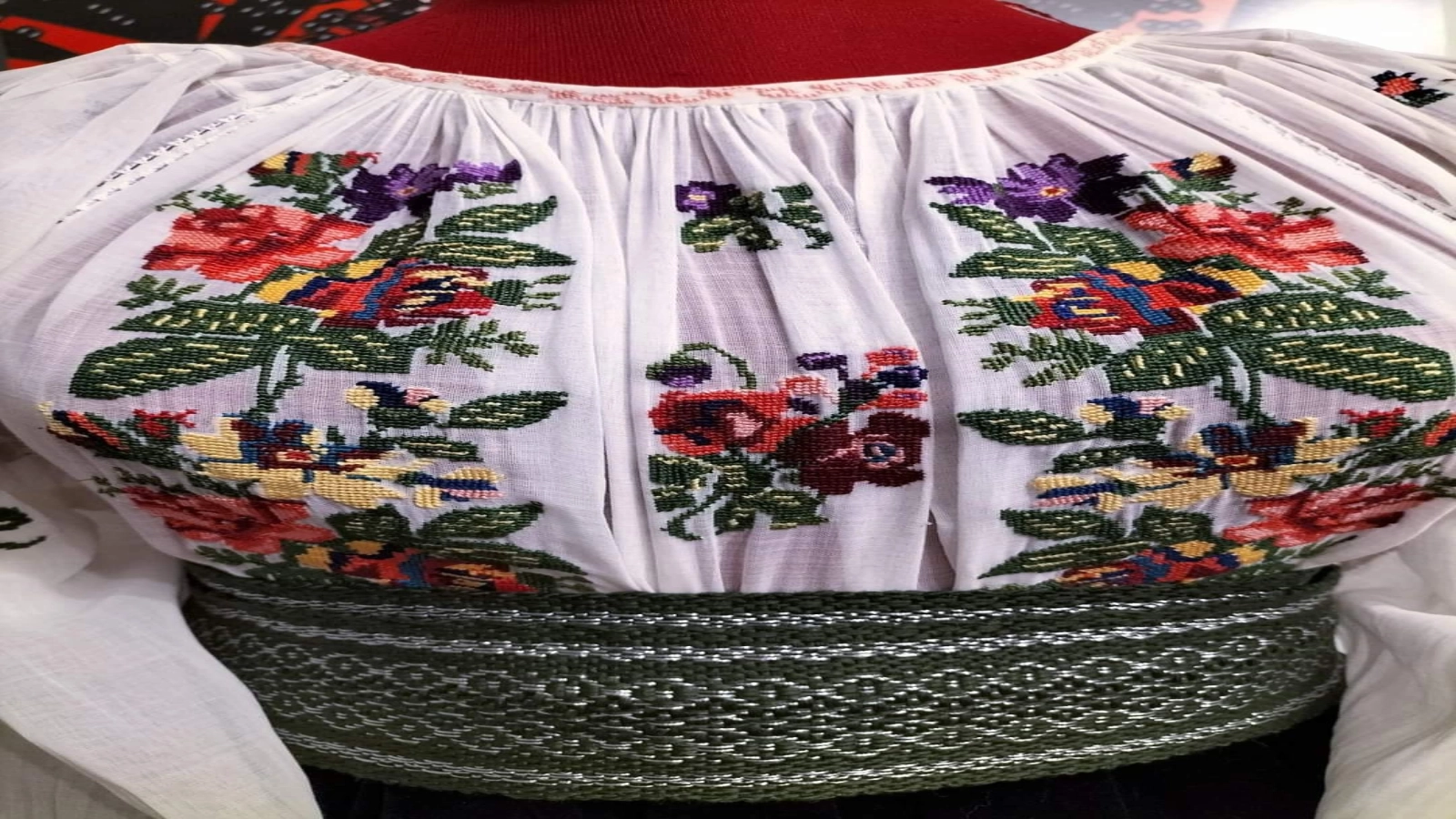










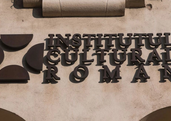







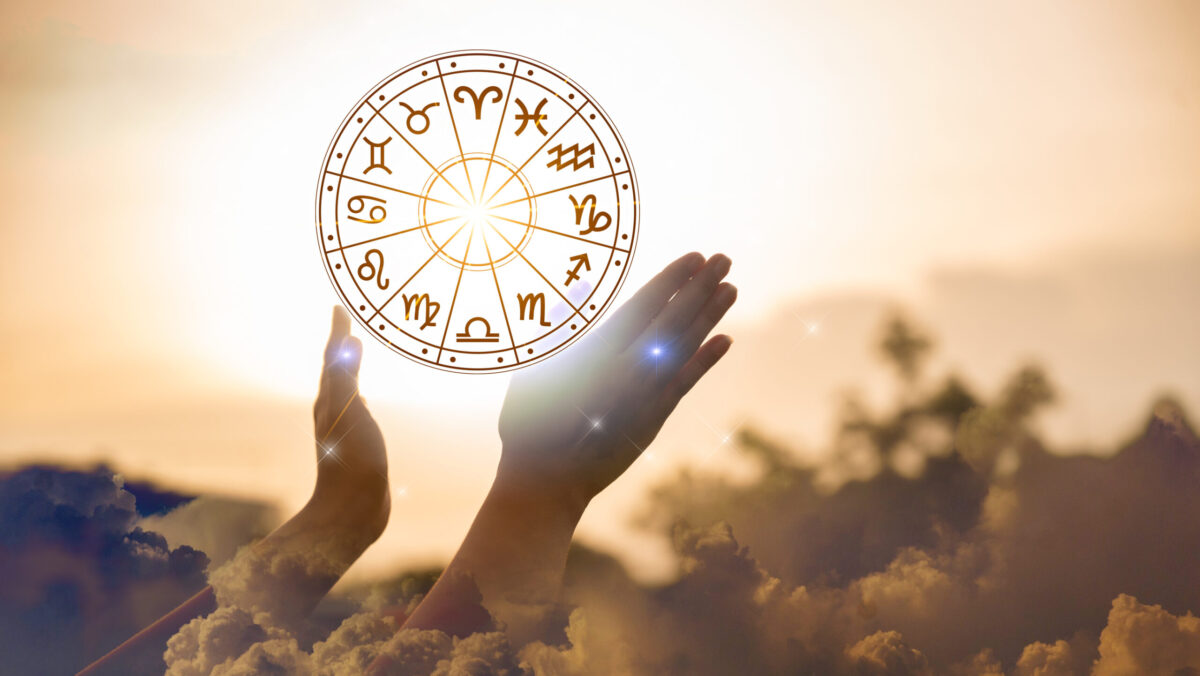
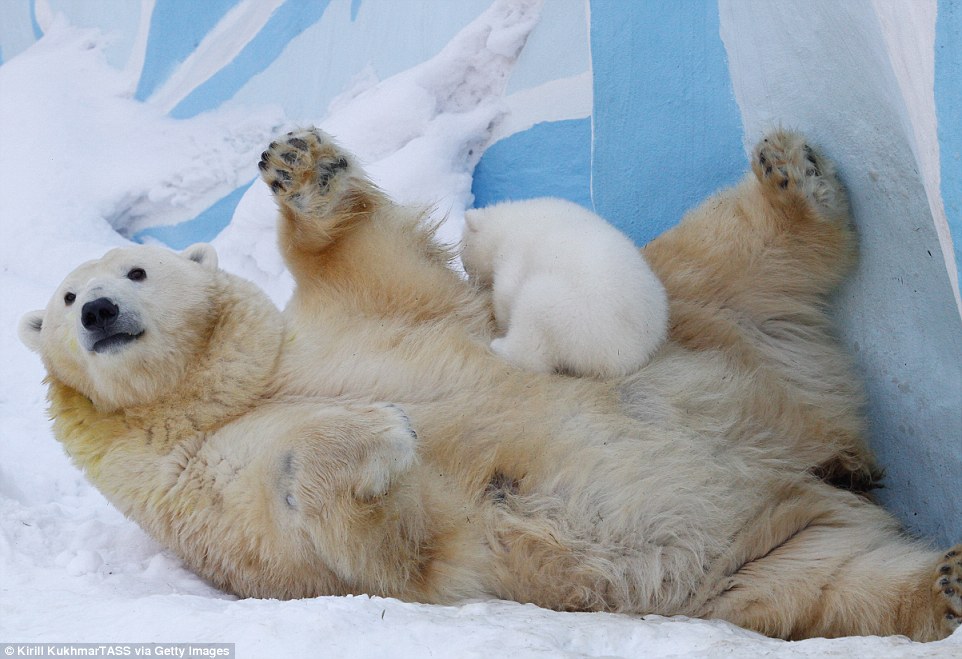
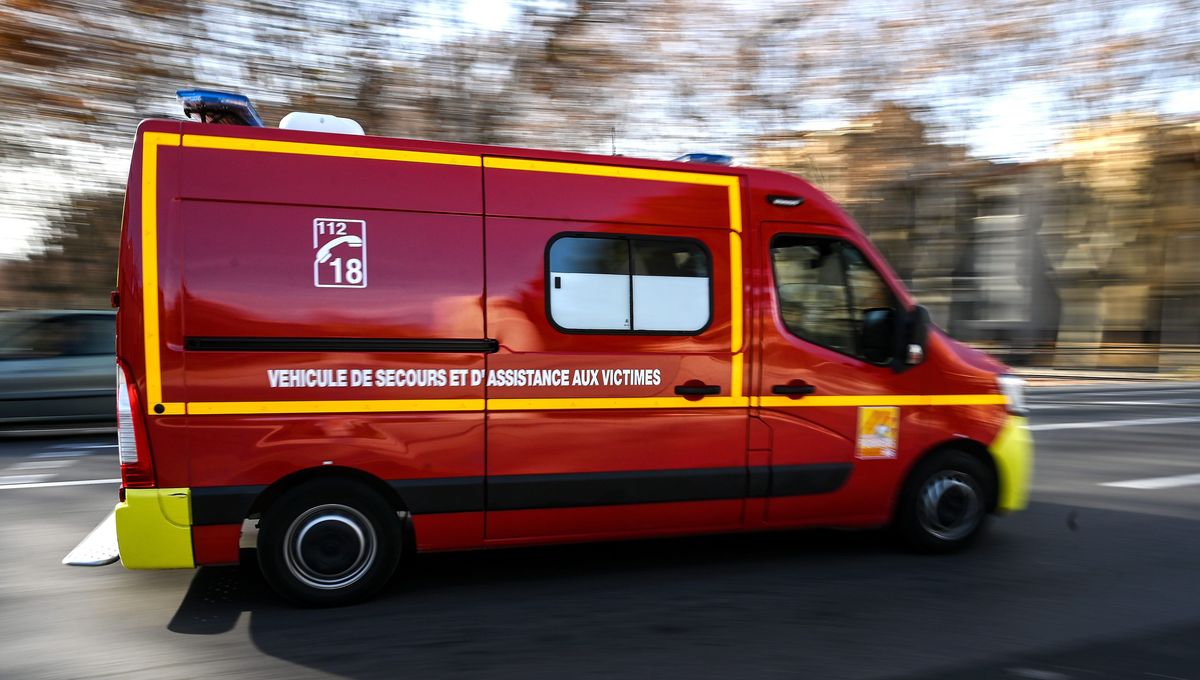
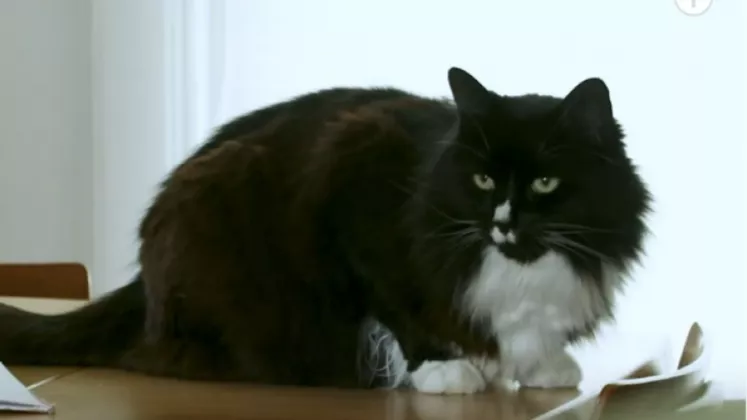












Comentează